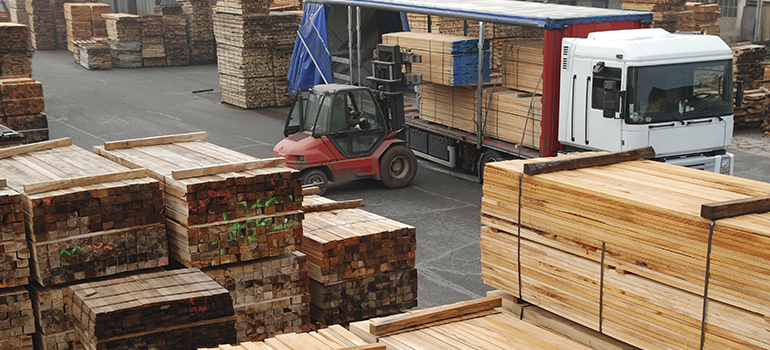- Home
- About us
- News
- Events
- EXPORT Export
-
BUY
Buy
Buy
- INVEST Invest
- COUNTRY BRAND Country Brand
-
INFORMATION CENTER
Information center
InformationCenterInformationCenterReports Country reports Department reports Foreign trade reports Product-Destination worksheet Sectors reports Work documentsStatistical information Classification Uruguay XXI Exports Imports Innovative National Effort Macroeconomic Monitor Tools Buyers Exporters Investors
- Contact
-
Languages
A thriving forestry sector, in continuous growth
The forestry sector has experienced an uninterrupted growing trend in terms of exports for more than 14 months, related to the aperture of new markets and a growing demand in Asia. Even considering this, the country has room to develop more industrial transformation capacity of pine as the supply outgrows the demand (local and external).
Share:

The GDP of the sector's primary stage (forestry, logging and related services) has reported a rising trend, registering an average annual growth rate of 7.8% in the last decade.
Meanwhile, added value in the industrial stage has also shown a strong upward trend, especially since UPM's pulp mill began operating in late 2007 and Montes del Plata in mid-2014. Actually, the industrial stage has grown by 16.2% per annum on average over the last decade.
Exports in the forestry sector were highly dynamic over the last few years. This increase was also strongly linked to the set up of pulp mills by UPM and Montes del Plata, which added great value and generated a leap in the sector's placements since 2008.
In 2017, exports of forest products (wood, wood products, cellulose, paper, and cardboard) amounted to nearly 1,696 million USD, 19% of the total goods exported by Uruguay. Wood pulp is the main input in the production of paper and cardboard. In 2017, external sales exceeded 1,328 million USD16, and were 11% higher than in 2016. Cellulose was the second most exported product for Uruguay, only topped by beef.
Although wood exports varied over the last years, the value of sales in 2017 was more than 30% higher than 10 years ago. This was strongly linked to the increase in average export prices for products such as raw wood, sawn wood and chips. Over the last year, exported volumes grew by 71%, reaching 2.2 million tons.
Foreign sales of roundwood dropped significantly as of 2007 when a large part of the production was redirected to the UPM pulp mill. However, since 2016, a flow of exports of roundwood to China have been growing, and led to Pine (81%) having a larger share than Eucalyptus (19%). The total amount exported in 2017 was US$ 109 million, and volumes exceeded 1.2 million tons.
In 2017 exports of wood products increased a 43% in relation with the previous year reaching 329 million dollars. In January 2018 exports of wood products, were three times the value of the same month the previous year reaching 43 million dollars, and this upward trend continued in the next months, with 14 months of uninterrupted increase.
February registered an inter-annual increase of 170% with a total exported amount of 56 million, while march registered a 146% increase in comparison with the previous year for a total 41 million USD. In April the increase was of 46% with USD 39 million being exported that month, while in May the exports were USD 43 million registering a 68% increase in comparison to the previous year. From January to May the total amount of wood products exported reached USD 220 million.
The forestry sector, especially the sawmilling industry has great room to grow considering the availability of pine wood. An annual average supply of over 3 million cubic meters, broadly surpasses the sawmills industrializing capacity even taking into account role of exports (which has permitted to carry out long overdue thinnings.
Is interesting to take into account that pine sawmills have a capacity of consuming between 3.000 and 4000 hectares of mature forest, so plantations should be between 60.000 and 80.000 hectares in total, and there is currently the double hectares. Presenting great opportunities for new developments related to pine.
FEATURED NEWS:
- Goland completes first export of hemp seed-based food to Argentina and strengthens its regional expansion
- Uruguayan exporting MSMEs: key players in economic diversification
- Uruguay strengthens its international positioning in architecture, engineering, and construction with a standout presence at AIA25
